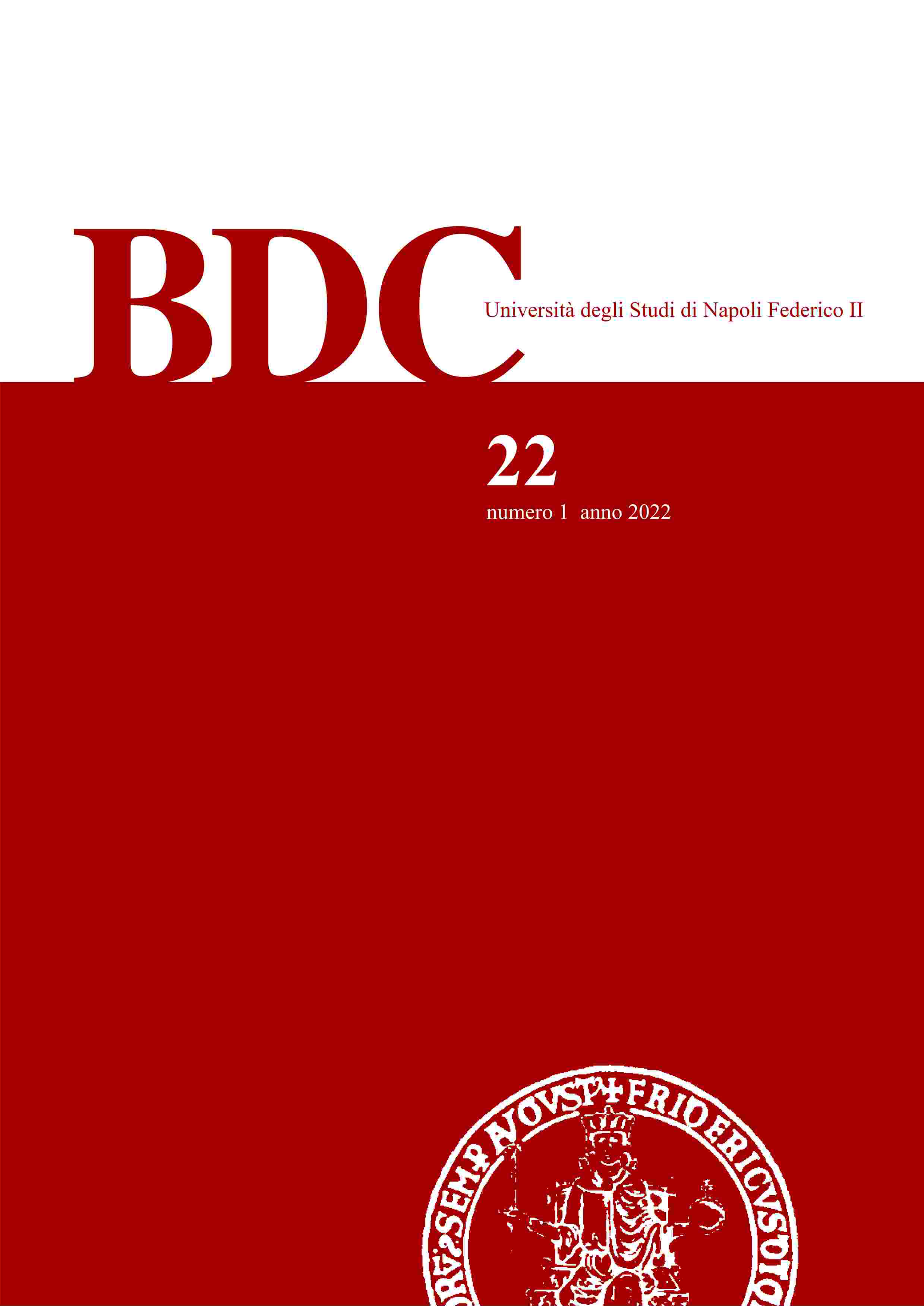THE EVOLUTIONARY PARADIGM AND THE CIRCULAR ECONOMY MODEL: THE HORIZON 2020 CLIC RESEARCH OUTCOMES
DOI:
https://doi.org/10.6093/2284-4732/9363Abstract
The aim of this paper is to illustrate some outcomes of a research project financed by HORIZON 2020: Circular models Leveraging Investments in Cultural heritage adaptive reuse (CLIC). The general issue of CLIC research was: how to transform a waste/abandoned/dead site in to an attractive and living ecosystem through adaptive reuse.
Four kinds of cultural heritage assets were, in particular, considered in the CLIC research: dismissed churches, abandoned industrial buildings, farm buildings no longer used for agriculture and cultural landscape. The CLIC project main objective was to identify evaluation tools to test, implement, validate and share innovative “circular” financing, business and governance models for systemic adaptive reuse of cultural heritage, demonstrating the economic, social, environmental convenience in the long term.
Keywords: adaptive reuse, circular economy, Horizon 2020 CLIC

